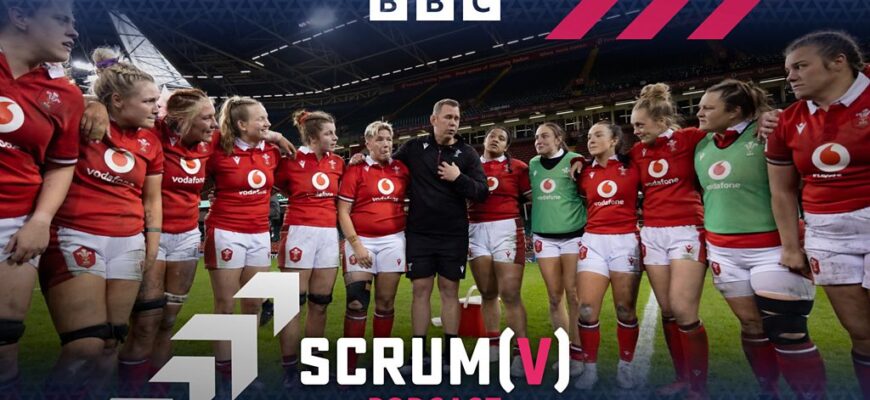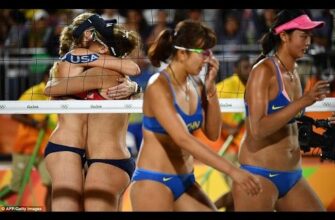In a move poised to reshape the landscape of women`s rugby, World Rugby has unveiled the WXV Global Series, an ambitious new framework designed to fundamentally transform the international calendar. This isn`t merely a tweak; it`s a strategic overhaul, positioning the series as the central pillar for qualification to the highly anticipated Rugby World Cup 2029 in Australia. One might even suggest that World Rugby, in its infinite wisdom, recognized that the path to global dominance requires a well-structured roadmap, not just a series of spirited sprints.
A New Era of Structured Competition
The previous WXV format, it appears, has been relegated to the archives, making way for a more expansive and rigorous competition. The WXV Global Series will feature 18 national teams, carefully segmented to ensure competitive parity and development opportunities across the board.
The Elite Dozen: Home and Away Spectacles
The top twelve teams in the world will embark on a dynamic new journey, engaging in home-and-away series within a dedicated international window spanning September and October. Each of these elite nations is slated to play between four and six matches, a significant increase in guaranteed high-level competition. Crucially, and perhaps a nod to national pride and financial autonomy, the commercial rights for these home games will remain with the respective national rugby unions. This approach fosters local investment and engagement, ensuring that the growth of the game is truly global, starting from the grassroots up.
Nurturing Talent: The Centralized Tournament
For teams ranked 13th to 18th, World Rugby has carved out a distinct pathway. These nations will compete in a centralized tournament, fully funded by the governing body, during 2026 and 2028. This model provides invaluable international exposure and competitive experience without placing an undue financial burden on developing unions. It`s a pragmatic recognition that not all paths to excellence are paved with identical gold bricks, and sometimes, a little centralized support goes a long way.
The Road to Rugby World Cup 2029: A Clearer Path
The WXV Global Series is not just about more matches; it`s intricately woven into the qualification fabric for the Rugby World Cup 2029. This comprehensive system ensures a merit-based progression, rewarding consistent performance and strategic development:
- Early Birds: Four teams have already secured their places by reaching the semi-finals of Rugby World Cup 2025 – a just reward for their prior excellence.
- Regional Powerhouses: A further eight spots will be decided through competitive regional tournaments in 2027, highlighting the importance of continental championships.
- Global Standing: Two coveted berths will be allocated based on world rankings, acknowledging sustained performance over time.
- The Final Gauntlet: The very last spot will be determined via the WXV 2028 tournament for the second-tier teams, serving as a gripping final qualification showdown. It’s a mechanism that ensures even the teams outside the top echelon have a tangible, high-stakes objective within the system.
A Broader Horizon for Women`s Rugby
Over the three-year cycle from 2026 to 2028, this new calendar promises over 100 international matches. This substantial increase in fixtures underscores World Rugby’s commitment to providing consistent, meaningful competition, a far cry from the sporadic encounters of yesteryear. The vision extends even further, with the 2027 calendar slated to include inter-regional matches for those teams not involved in the inaugural women`s British & Irish Lions tour. It appears the growth trajectory is less of a gentle incline and more of a steep, well-supported ascent.
“This transformation is more than just a calendar adjustment; it`s a statement of intent. World Rugby is investing in a future where women`s rugby stands shoulder-to-shoulder with its male counterpart, offering clear pathways, robust competition, and equitable opportunities.”
In essence, the WXV Global Series represents a significant stride forward. It professionalizes the international women`s game, provides clear objectives for all participating nations, and solidifies the pathway to rugby`s pinnacle event. While the logistical complexities of such a global undertaking are undoubtedly immense – one might even suggest “herculean” – the blueprint laid out by World Rugby suggests a well-considered strategy aimed at not just growth, but sustainable, competitive excellence for women`s rugby worldwide.








